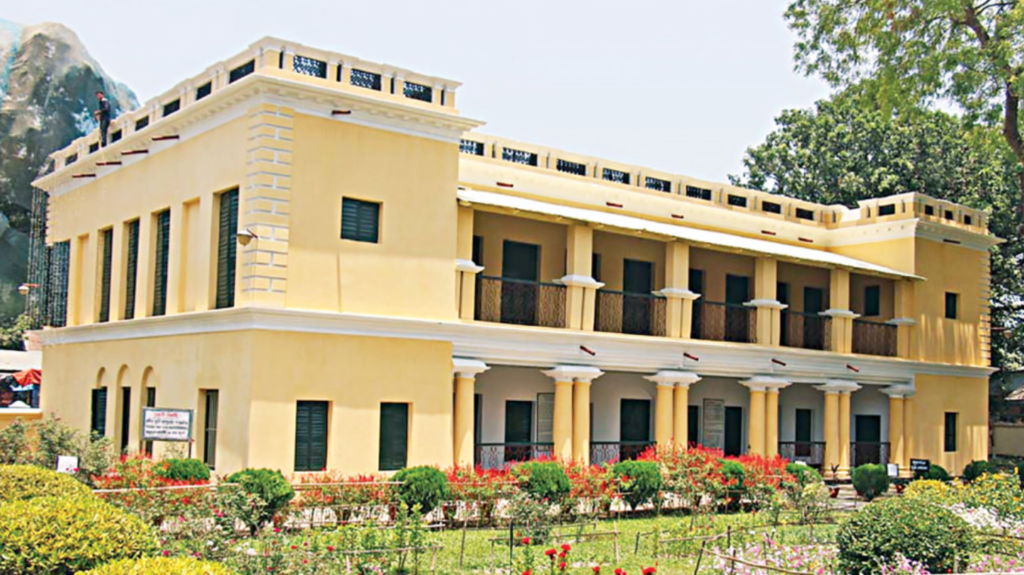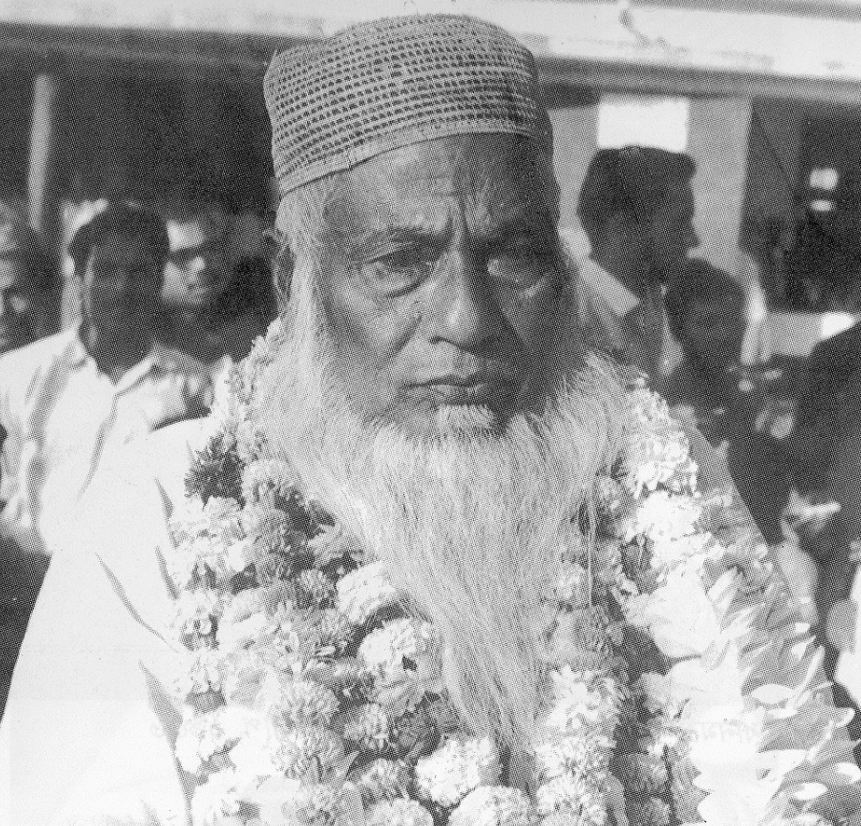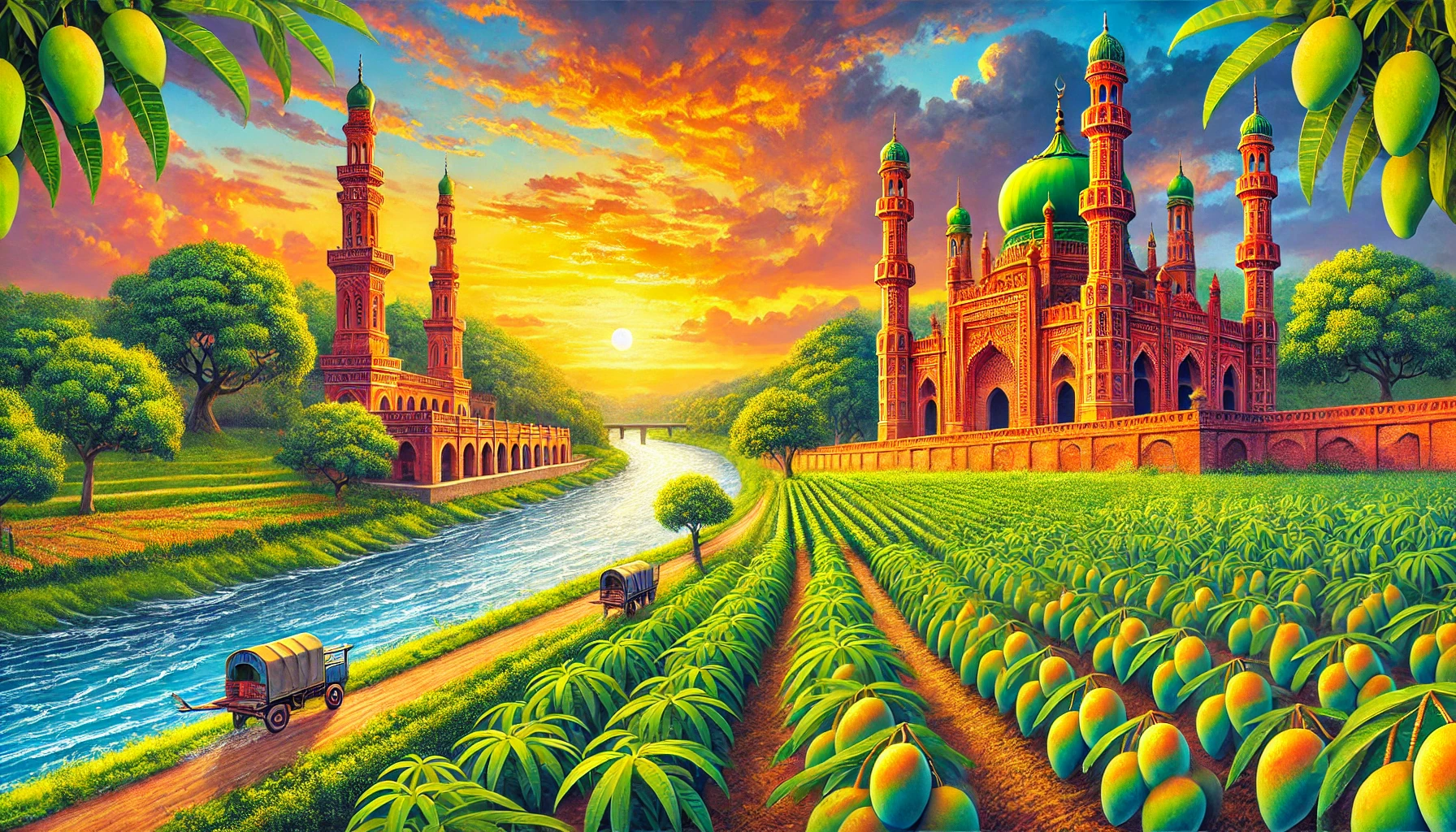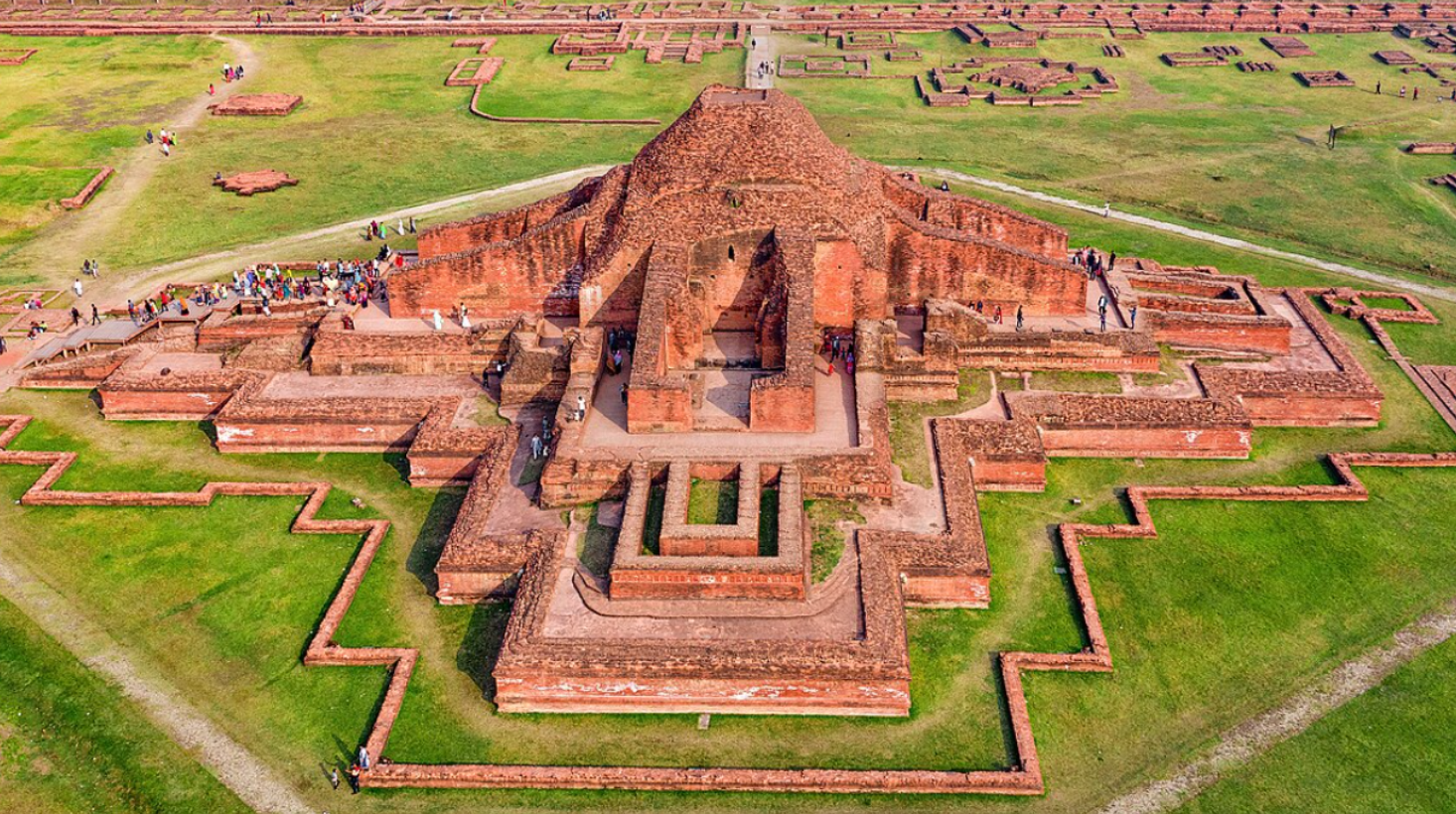Nestled on the banks of the mighty Jamuna River, Sirajganj is a district of immense historical, cultural, and economic significance in Bangladesh. Known as the “Gateway to North Bengal,” Sirajganj combines the serene beauty of riverine landscapes with the vibrancy of its age-old weaving traditions. From its wetlands and char lands to its historic estates and bustling handloom industry, Sirajganj is a destination that captures the essence of Bengal’s diversity.
Geographic Overview and Natural Wonders
Sirajganj lies within the Rajshahi Division of Bangladesh, bordered by the Jamuna River to the east. The district’s unique geography, marked by sprawling plains, lush agricultural fields, and seasonal char (river islands), creates an environment that is both scenic and vital for livelihoods.
Key Natural Attractions:
- Jamuna River: One of Bangladesh’s largest rivers, the Jamuna defines Sirajganj’s identity. Its wide expanse is a source of life for the local communities and offers breathtaking views. Travelers can enjoy serene boat rides, especially during sunrise and sunset.
- Chalan Beel: A vast wetland system shared with neighboring districts, Chalan Beel is a paradise for bird enthusiasts. The wetlands host a variety of migratory birds during the winter months and provide a peaceful retreat for nature lovers.
- Char Lands: The seasonal islands formed in the Jamuna are rich in biodiversity and offer a glimpse into the unique way of life of the char dwellers. These areas are ideal for eco-tourism and photography.
Rich Historical Legacy of Sirajganj
Sirajganj’s history is intertwined with the broader history of Bengal. The district has witnessed significant events during the Mughal period, the British colonial era, and the Liberation War of 1971.
Iconic Historical Landmarks:

Rabindranath Tagore’s Kuthibari in Shahjadpur
- Bangabandhu Jamuna Bridge: A symbol of modern Bangladesh, this engineering marvel connects Sirajganj to Tangail and Dhaka, fostering economic growth and communication. The bridge also offers stunning panoramic views of the Jamuna River.
- Rabindranath Tagore’s Kuthibari in Shahjadpur: This historic house is associated with Nobel laureate Rabindranath Tagore, who visited the area during his time as an estate manager. The Kuthibari now serves as a museum showcasing Tagore’s contributions to literature and his connection to rural Bengal.
- Kazipur Zamindar Bari: This grand estate highlights the lifestyle of Bengal’s zamindars (landlords). Its intricate architecture and historical artifacts attract history enthusiasts.
- Sirajganj Town Hall: A relic from the British era, this cultural center has been a hub for intellectual and artistic activities for decades.
Administrative Divisions: Upazilas of Sirajganj
The district comprises nine upazilas (sub-districts), each contributing to the region’s diversity and charm:
- Sirajganj Sadar: The administrative and commercial heart of the district, known for its vibrant marketplaces and proximity to the Jamuna Bridge.
- Belkuchi: Famous for its handloom industry, Belkuchi produces some of the finest silk and Jamdani sarees in the country.
- Chauhali: A riverine upazila characterized by its serene char lands and vibrant fishing communities.
- Kazipur: Renowned for its fertile lands and historical zamindar estates.
- Raiganj: A predominantly agricultural area known for its rice and jute production.
- Shahjadpur: The cultural jewel of Sirajganj, Shahjadpur is home to Rabindranath Tagore’s Kuthibari and a thriving weaving industry.
- Tarash: Encompassing part of the Chalan Beel, Tarash is ideal for eco-tourism and bird-watching enthusiasts.
- Ullahpara: A bustling region blending modern development with traditional livelihoods.
- Kamarkhanda: A small but economically active upazila close to the Jamuna Bridge.
Famous Personalities of Sirajganj
Sirajganj has been home to several notable figures who have contributed significantly to Bangladesh’s history, culture, and politics:

Maulana Abdul Hamid Khan Bhashani
- Maulana Abdul Hamid Khan Bhashani: A revered political leader and freedom fighter, Bhashani played a pivotal role in the political movements leading to Bangladesh’s independence. Known as “The Red Maulana,” he was an advocate for the poor and a champion of social justice.
- Syed Ismail Hossain Siraji: A distinguished poet, writer, and activist, Siraji was a prominent voice during the Bengal Renaissance. His literary works inspired the youth and contributed to the socio-political awakening of the region.
- Begum Rokeya Sakhawat Hossain (closely associated with this region): A pioneer of women’s rights in South Asia, Begum Rokeya championed education and emancipation for Muslim women during the early 20th century.
The Thriving Handloom Industry
Sirajganj’s economy is synonymous with its renowned handloom industry, which has earned national and international recognition.
- Weaving Heritage: The weavers of Sirajganj, particularly in Belkuchi and Shahjadpur, produce exquisite sarees such as Jamdani, silk, and Benarasi. These handwoven textiles are a testament to the district’s rich craftsmanship and artistic traditions.
- Economic Impact: The industry provides employment to thousands of artisans and supports ancillary industries like dyeing and fabric processing.
Agriculture and Fisheries
Sirajganj’s fertile soil and proximity to water bodies make it a significant agricultural hub in Bangladesh.
- Key Crops: Rice, jute, wheat, sugarcane, and vegetables are the primary agricultural products. The district is also a leading producer of mustard, contributing to Bangladesh’s edible oil industry.
- Fishing: The rivers, char lands, and Chalan Beel are rich in fish, supporting local livelihoods and the district’s economy.
Cultural Vibrancy
The district’s culture reflects the soul of rural Bengal, blending age-old traditions with contemporary practices.
- Folk Music: Sirajganj is home to a thriving Baul music tradition. These wandering minstrels express profound philosophical themes through simple yet soul-stirring songs.
- Festivals: Major celebrations like Pahela Baishakh (Bengali New Year), Durga Puja, and local boat races bring the community together in joyous harmony.
Culinary Delights
Sirajganj offers a taste of authentic Bengali cuisine, with specialties such as:
- Ilish Maach (Hilsa Fish): Freshly caught from the Jamuna River, this delicacy is prepared in various styles.
- Shutki Maach (Dried Fish): A staple in many households, cooked with spices to create flavorful dishes.
- Panta Bhat: Fermented rice served with mustard oil, onions, and green chilies, often enjoyed during festivals.
Connectivity and Accessibility
Sirajganj is well-connected to major cities and towns in Bangladesh:
- By Road: The district is accessible via the Dhaka-Sirajganj highway and other major routes.
- By Rail: Sirajganj has several railway stations linking it to Dhaka, Rajshahi, and Khulna.
- By Water: River transport remains a popular and scenic option for local and inter-district travel.
Best Time to Visit Sirajganj
The ideal time to visit Sirajganj is during the cooler months from November to February. During this period, the wetlands are vibrant with migratory birds, the char lands are accessible, and the weather is pleasant for exploring.
Conclusion
Sirajganj is a district where history, nature, and culture converge to create a unique experience. From the timeless beauty of the Jamuna River and Chalan Beel to the artistic mastery of its handloom industry and the echoes of its historical legacy, Sirajganj is a microcosm of Bengal’s rich heritage. Whether you’re seeking tranquility, cultural immersion, or an exploration of rural Bangladesh, Sirajganj promises an unforgettable journey.



